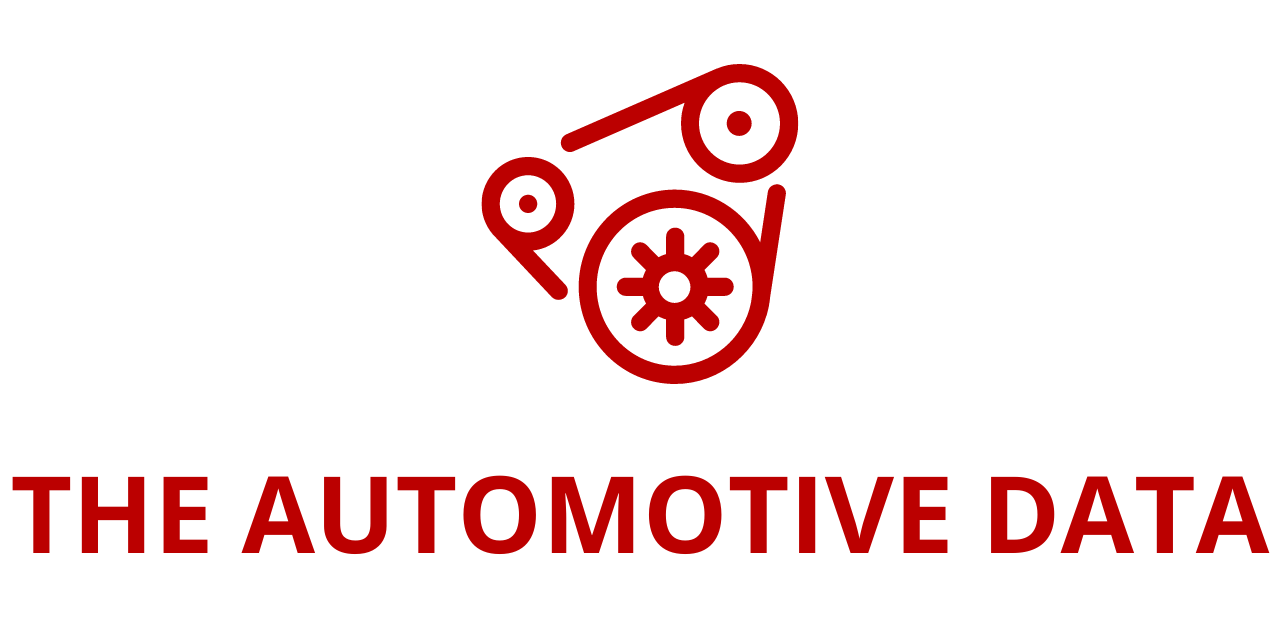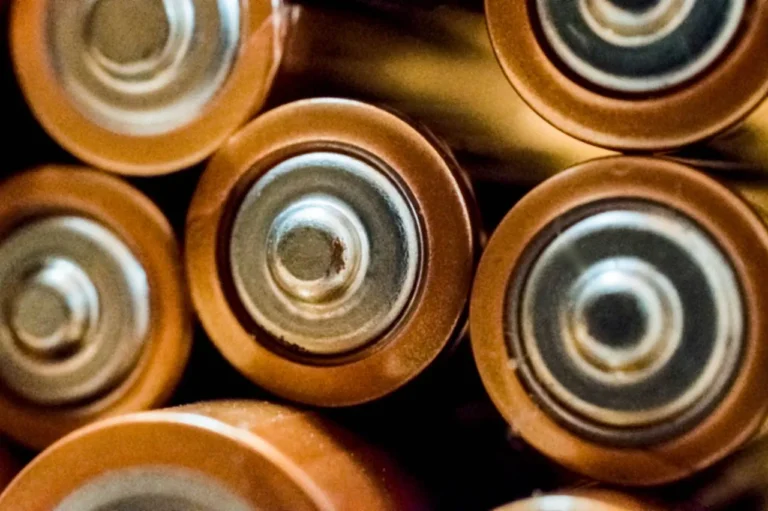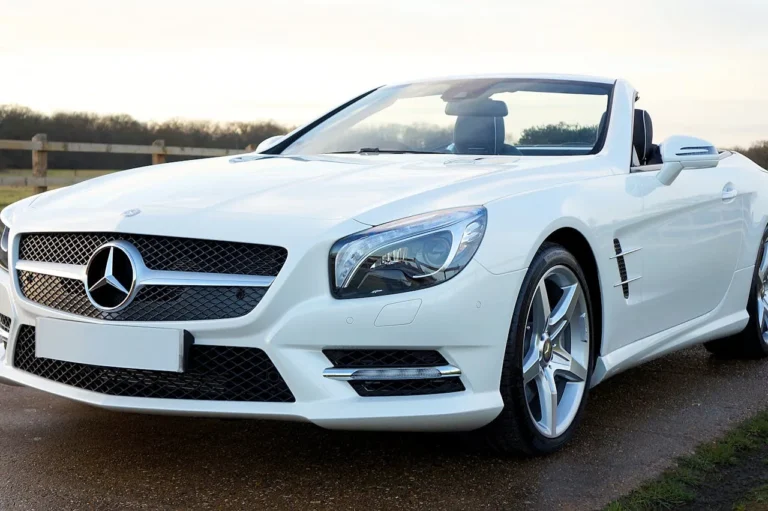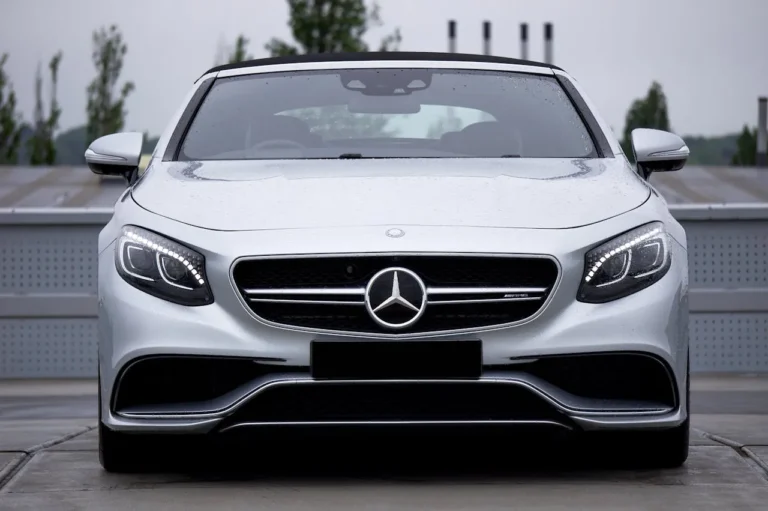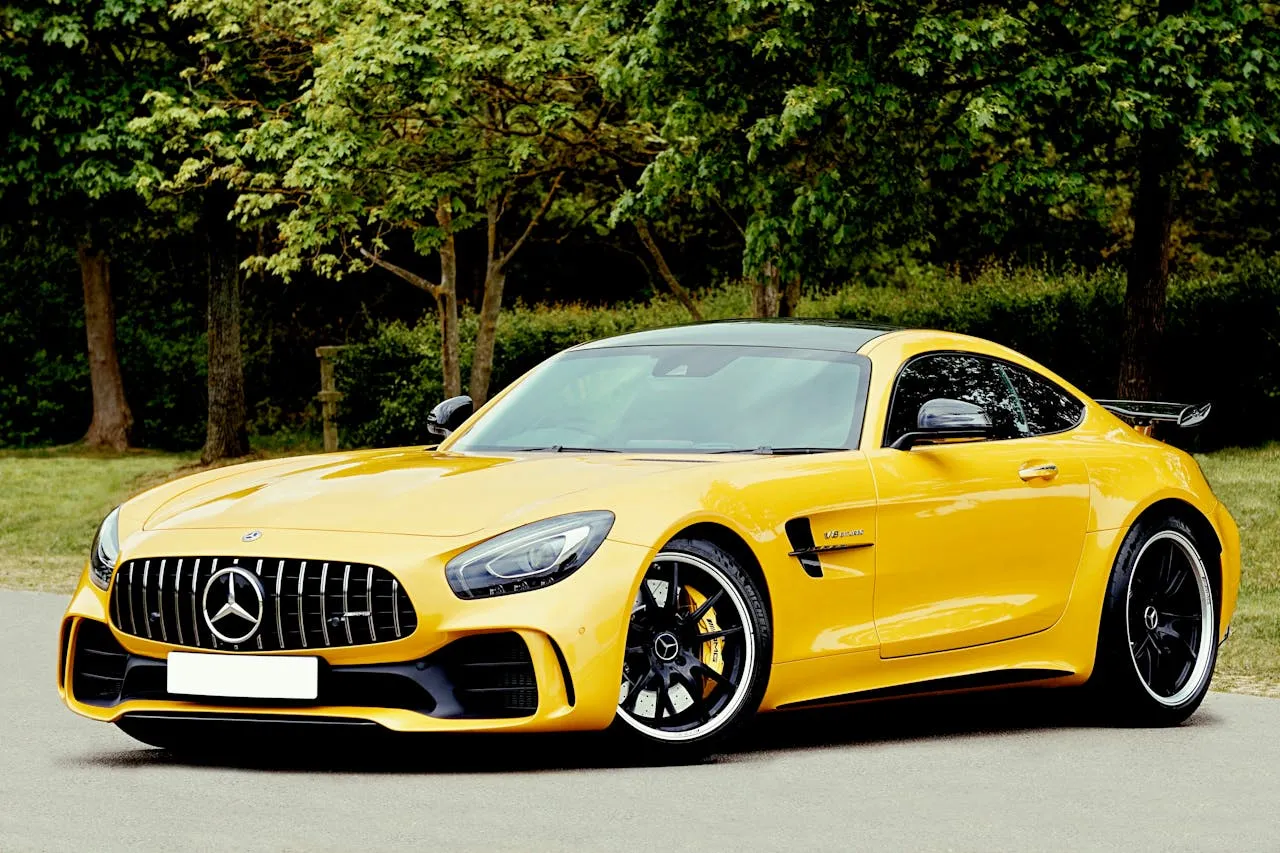
Global Automotive LiDAR Market Set for Explosive Growth, Projected to Reach $9.59 Billion by 2030
The global automotive LiDAR (Light Detection and Ranging) market is on a rapid upward trajectory, projected to grow from USD 1.19 billion in 2024 to an impressive USD 9.59 billion by 2030, representing a robust compound annual growth rate (CAGR) of 41.6%. This growth is driven by significant advancements in imaging technologies, rising consumer demand for advanced driver assistance systems (ADAS), and the global shift toward vehicle automation and autonomy.
According to the newly released report, “Automotive LiDAR Market by Technology (Mechanical and Solid-State), Image Type, ICE Vehicle Type (PC, LCV, HCV), Location, Electric Vehicle Type, Range, Laser Wavelength, Measurement Process, Level of Autonomy, and Region – Global Forecast to 2030”, the automotive LiDAR market is poised to become one of the most crucial segments of the evolving mobility landscape. The report, now available via ResearchAndMarkets.com, is a comprehensive resource for both established market players and new entrants seeking strategic insight into this dynamic sector.
Driving Forces Behind Market Expansion
LiDAR technology’s rising prominence stems from its ability to offer precise, real-time 3D mapping and object detection, essential for both current ADAS features and future fully autonomous driving systems. Automakers worldwide are leveraging these capabilities to enhance vehicle safety, navigation, and efficiency. Leading automotive manufacturers such as Mercedes-Benz, BMW, and BYD are equipping flagship models—including the EQS, i7, and Han DM-i—with LiDAR systems, enabling higher levels of autonomy and setting a new benchmark in premium vehicle technology.
LiDAR sensors serve as a cornerstone for critical safety functions such as adaptive cruise control, automatic emergency braking, and lane-keeping assistance. As these features become increasingly standard across vehicle segments, demand for robust sensing solutions like LiDAR is expected to surge.
Moreover, initiatives from governments, especially in Asia Pacific, are catalyzing the adoption of autonomous features. China, for instance, aims to have 70% of new vehicles equipped with Level 2 or Level 3 autonomous capabilities by 2025. This regulatory push, combined with urban mobility solutions like robotaxis—pioneered by companies such as Baidu and WeRide—positions the region at the forefront of LiDAR implementation.
Competitive Landscape and Key Players
The competitive landscape of the automotive LiDAR market is shaped by innovation and rapid technological development. Leading the charge are companies like RoboSense and Hesai Group (China), Luminar Technologies and Seyond (USA), Huawei Technologies (China), Innoviz Technologies (Israel), and Valeo (France). These players are investing aggressively in product development, strategic partnerships, and mass-production capabilities to solidify their positions in this high-growth market.
Notable product innovations are redefining industry standards. Aeva Inc., a U.S.-based startup, has launched Atlas, the first 4D LiDAR sensor designed specifically for mass production. Meanwhile, Marelli (Japan) and Hesai Group recently introduced LiDAR-integrated headlamps, blending design and functionality in a compact form—reducing component volume by nearly 60%. These advancements not only streamline integration but also lower production costs, making LiDAR more accessible for mid-range and economy vehicles.
Passenger Cars Leading the Charge
Among various vehicle segments, passenger cars are expected to dominate the automotive LiDAR market through 2030. The rapid integration of LiDAR into personal vehicles is largely attributed to the growing focus on semi-autonomous and fully autonomous driving features. Consumers are increasingly prioritizing vehicles equipped with cutting-edge safety and convenience technologies, prompting OEMs to respond with LiDAR-enabled models.
Several new and upcoming passenger vehicles are embracing LiDAR. Waymo’s 6th-generation autonomous driving system, introduced in August 2024, features four LiDAR sensors. Similarly, Lotus Emeya and GAC Aion’s latest models include three to four LiDAR units, underscoring a growing industry standard for multiple sensor configurations to ensure 360-degree environmental awareness.
This trend reflects both a market shift and a consumer expectation: as drivers become more accustomed to semi-autonomous features, their reliance on advanced sensing technology like LiDAR is poised to deepen.
Bumper & Grill: The Ideal Integration Zone
From a design and engineering perspective, the bumper and grill segment has emerged as the most viable area for LiDAR placement, driven by its unobtrusive installation potential and optimal line of sight. This integration not only supports improved front-facing perception but also preserves the aesthetic and aerodynamic integrity of the vehicle.
Luxury vehicles, including the BMW i7 and Mercedes-Benz S-Class, have already adopted this design language. Moreover, as sensor hardware becomes smaller and more adaptable, automakers are exploring additional integration points. Roof-mounted modules, exemplified by Luminar’s systems in the Volvo EX90, and sensor fusion strategies via Webasto’s collaborative roof sensor solutions, offer further flexibility in meeting safety and design requirements.
Germany: European Powerhouse of Automotive Innovation
Germany is expected to maintain a leadership position in the European automotive LiDAR market, owing to its longstanding reputation as a global automotive innovation hub. Home to iconic brands like Mercedes-Benz, BMW, and Volkswagen, the country is at the forefront of autonomous vehicle development and LiDAR deployment.
Germany’s supportive regulatory environment allows for real-world deployment of Level 3 autonomous driving technology. For instance, the Mercedes-Benz S-Class and EQS are already approved for such functionalities on designated roads. BMW is also ramping up efforts in this space, partnering with Innoviz Technologies to incorporate InnovizOne LiDAR into the i7 sedan—further cementing Germany’s commitment to safe, autonomous mobility.
Strategic Market Insights and Opportunities
The report identifies multiple strategic dimensions influencing the automotive LiDAR market, including:
- Key Drivers: Technological advancements in LiDAR, growing OEM investments in autonomy, and favorable government regulations supporting safety and automation.
- Major Restraints: High system costs and emerging alternative technologies such as radar and camera-based systems.
- Opportunities: Proliferation of robotaxis and autonomous logistics fleets, especially in urban areas and commercial applications.
- Challenges: Volatile raw material pricing, complex supply chains, and inadequate infrastructure in emerging markets.
Additionally, stakeholders can explore market trends related to range, image type, measurement processes, and other LiDAR performance metrics. Understanding these elements is critical for OEMs and suppliers developing next-generation sensor architectures.
A Deep Dive into Regional and Technological Segments
The 342-page report provides detailed segmentation across ICE and electric vehicle types, various LiDAR technologies including mechanical and solid-state systems, and multiple sensor placements from roof to grill. It also covers laser wavelength specifications and measurement techniques, allowing for a comprehensive understanding of the entire value chain.
In-depth regional analysis highlights promising growth areas not just in Asia and Europe but also in North America, where legislation and infrastructure are quickly evolving to support autonomous mobility.
Leading Companies Featured in the Report
- RoboSense Technology Co., Ltd.
- Hesai Group
- Luminar Technologies, Inc.
- Seyond
- Huawei Technologies Co. Ltd.
- Innoviz Technologies Ltd.
- Valeo
- Ouster Inc.
- Continental AG
- ZF Friedrichshafen AG
- Denso Corporation
- Aptiv
- Infineon Technologies AG
- Renesas Electronics Corporation
- Magna International Inc.
- Aeva Inc.
- Marelli Holdings Co. Ltd.
- Cepton, Inc.
- Blickfeld GmbH
- AEye, Inc.
- Livox
- Hexagon AB
